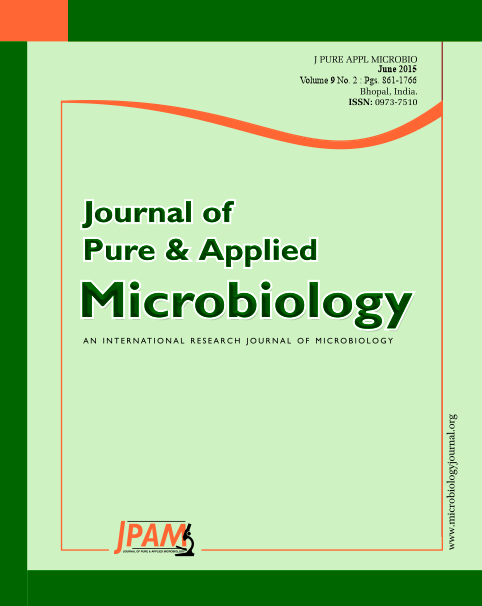The lepidopteran pests are a major threat to cotton production worldwide and are considered as a major constraint in cotton productivity. Stable inheritance and expression of transgenes in transgenic plants is of paramount importance in successful application of genetic engineering in crop improvement. The aim of producing transgenic crop is to obtain a durable protection which requires, in particular, the stability of gene expression during generation advancement and introgression of transgenes into other genetic backgrounds. Insect resistant cotton lines of a Coker310 event, CH12 expressing cry2AX1 gene were evaluated in T1 and T2 generations for stable integration, expression and resistance against cotton bollworm, Helicoverpa armigera. The expression of Cry2AX1 protein ranged from 0.466 to 0.899 and 0.094 to 1.374 µg/g of fresh leaf tissue in the T1 and T2 progeny respectively. The detached leaf disc bioassay recorded mortality of 46.66 to 86.66 and 73.33 to 90.00 per cent in T1 and T2 progeny respectively against H. armigera. These results indicate that the expression of chimeric cry2AX1 is stable and possesses insecticidal activity against H. armigera in transgenic cotton progeny.
cry2AX1, Helicoverpa armigera, Bacillus thuringiensis, Insect bioassay
© The Author(s) 2015. Open Access. This article is distributed under the terms of the Creative Commons Attribution 4.0 International License which permits unrestricted use, sharing, distribution, and reproduction in any medium, provided you give appropriate credit to the original author(s) and the source, provide a link to the Creative Commons license, and indicate if changes were made.


